The eyes are the windows to the soul, and we are all familiar with people who have black, blue, or brown eyes. But which eye color is the rarest in the world? Scientists have an answer.
What Determines a Person’s Eye Color?
When we talk about eye color, we refer to the color of the iris, the part surrounding the pupil. Just like fingerprints, each person has a unique iris that is unlike anyone else’s.
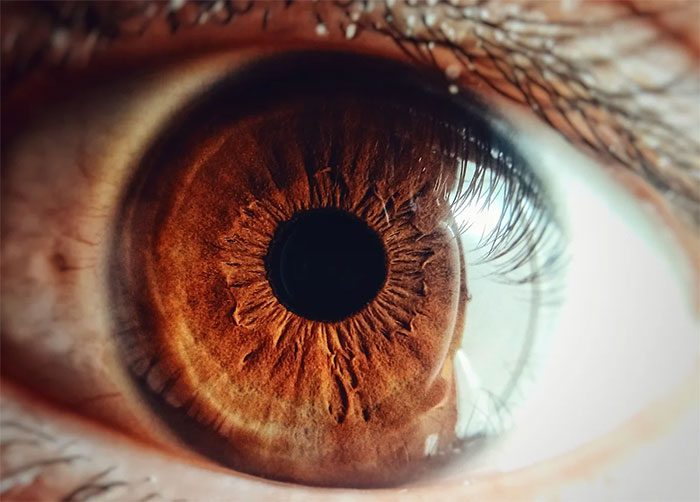
Each person’s iris has its own unique characteristics (Image: SA).
The eye color of each individual is determined by the production of melanin, or pigment, in the iris. The more melanin produced, the darker the eyes; conversely, less melanin results in lighter eye colors. A higher concentration of melanin in the iris leads to black or brown eyes, while lower levels produce blue, amber, or green eyes.
Different types of melanin determine the specific color of an individual’s eyes and hair. For instance, eumelanin is a black-brown pigment responsible for black hair and eyes, while pheomelanin is a yellow-red pigment that influences green eyes and red hair.
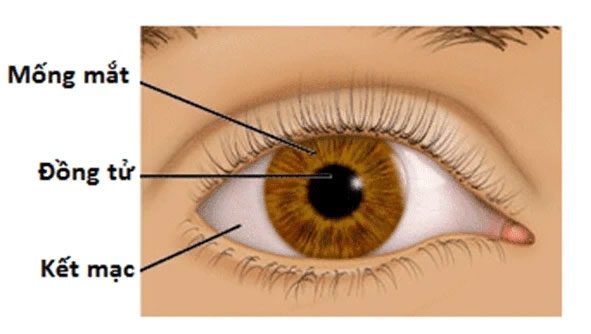
Main components of the human eye (Image: Youmed).
People in countries farther from the equator tend to have lighter eye and skin colors, while darker eye and skin colors are more common in warmer regions closer to the equator.
Initially, scientists believed that the inheritance of eye color was a simple matter, determined solely by the dominant genes from parents. However, recent studies indicate that as many as 16 different genes influence eye color, making the genetics of eye color quite complex.
Overall, a person’s eye color depends on the ability to produce and store melanin rather than heavily relying on genetic factors.
What Eye Colors Do Humans Have?
Humans exhibit a variety of eye colors, but scientists categorize them into five main groups: brown, blue, hazel, amber, and green. Researchers note that black eyes are essentially very dark brown eyes with a high concentration of melanin, rather than a separate eye color.
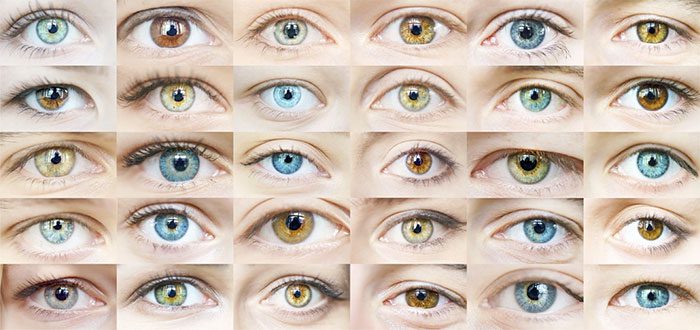
Humans have a variety of eye colors, categorized into five main colors: brown, blue, hazel, amber, and green (Image: SA).
According to a study by the journal VeryWellHealth, brown is the most common eye color among humans, with around 80% of the global population possessing this color. Blue is the second most common eye color, found in about 10% of the population. Amber is the third most common eye color worldwide, with less than 8% of people having this shade.
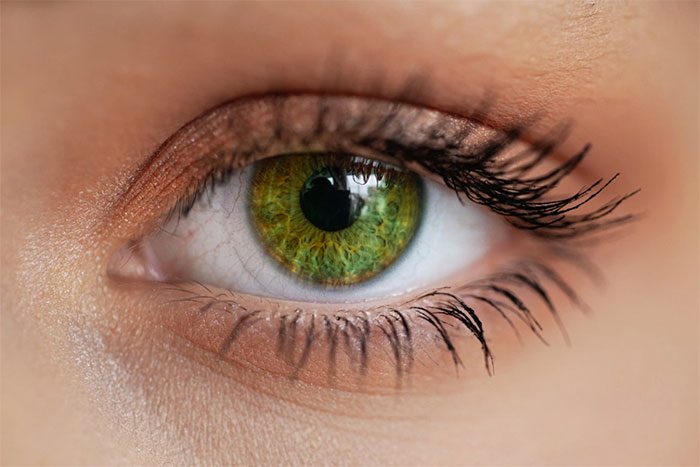
Green was once considered the rarest eye color on Earth (Image: OCLI).
Previously, scientists believed that green was the rarest eye color, with only about 2% of the global population having it. However, a new study revealed that there is an even rarer eye color, gray, which is found in only about 1% of the population.
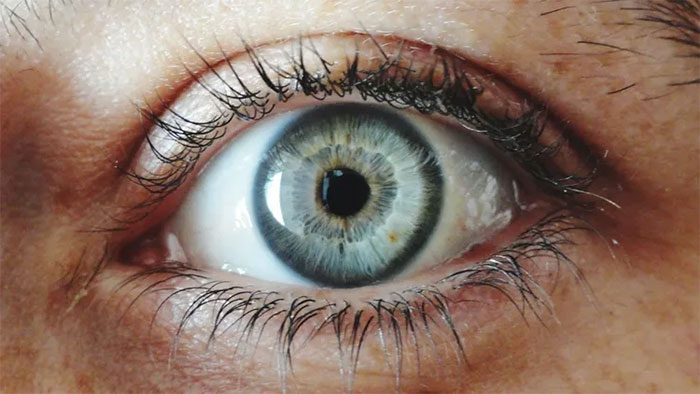
Gray is now recognized as the rarest eye color, with only about 1% of the global population possessing it (Image: VeryWellHealth).
Scientists suggest that gray eyes are essentially a “variation” of blue eyes, but with a layer of melanin in front that gives them a gray appearance. Dark gray eyes have slightly more melanin than light gray eyes.
Some Special Conditions Affecting Eye Color
There are some rare conditions that affect eye color, such as heterochromia. Individuals with this condition will have eyes of two different colors.
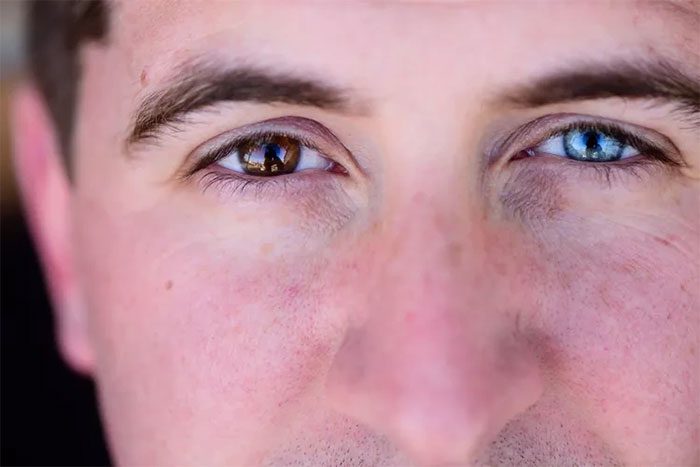
An individual with heterochromia has two different eye colors (Image: Getty).
In addition to congenital cases, some people may develop heterochromia after trauma, eye surgery, taking medications (especially those for treating glaucoma), or certain diseases like diabetes.
In most cases, heterochromia does not require medical treatment unless it is caused by an underlying health issue.
Some individuals experience a condition known as anisocoria, where the size of the pupils in each eye is uneven. A larger pupil can make the eye appear darker in the center, creating an asymmetrical appearance.
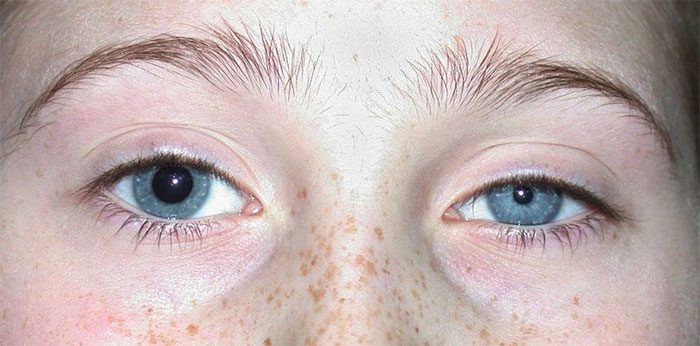
An individual with anisocoria may appear to have even eyes (Image: Springer Science).
Anisocoria is generally harmless, but it can be a symptom of more serious eye-related issues, so individuals experiencing this condition should seek advice from a physician.
Can Eye Color Change with Age?
The answer is yes, but it only occurs at certain stages of life.
Some infants are born with blue or light brown eyes. This is due to the low levels of melanin in their irises. As children reach around 6 years of age, their eye color may darken as melanin production and accumulation in the iris increases.
As people age, many will notice their eyes becoming grayer. This is often due to cataracts, which can affect vision and require medical intervention.
It is important to note that while changes in eye color with age are entirely normal, sudden changes in eye color or significant shifts should be examined by an ophthalmologist to rule out underlying health issues.


















































